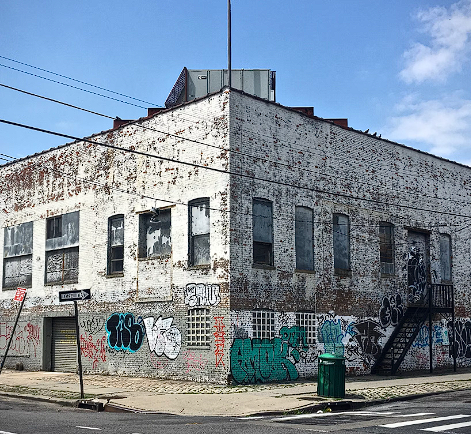Historic buildings hold unique architectural, cultural, and historical significance, but many face challenges such as neglect, disrepair, or obsolescence. Adaptive reuse offers a sustainable solution by repurposing these structures for new functions while preserving their heritage and character.
In this blog post, we’ll explore the concept of adaptive reuse, its benefits, and examples of successful projects that have revitalized historic buildings for contemporary use.
Understanding
Reuse, also known as heritage conservation or historic preservation, involves the transformation of existing buildings into new spaces that serve modern needs.
Rather than demolishing historic structures, adaptive reuse seeks to retain their original features, charm, and sense of place while accommodating new uses such as residential, commercial, cultural, or mixed-use developments.
Benefits
- Preservation of Cultural Heritage: Adaptive reuse preserves the architectural, cultural, and historical significance of historic buildings, enriching the character and identity of communities.
- Sustainability: Repurposing existing structures reduces the environmental impact associated with new construction, including energy consumption, waste generation, and carbon emissions.
- Economic Revitalization: Adaptive reuse projects contribute to the revitalization of urban neighborhoods, attracting investment, tourism, and economic development while creating jobs and business opportunities.
- Creativity and Innovation: Adaptive reuse encourages creativity and innovation in design, as architects and developers adapt historic buildings to meet contemporary needs while respecting their heritage.
Examples
- Industrial Warehouse Conversion: An abandoned industrial warehouse is transformed into a mixed-use development featuring loft apartments, artist studios, galleries, and retail spaces, revitalizing the surrounding neighborhood.
- Historic School Rehabilitation: A historic school building is repurposed as a community center, offering recreational facilities, educational programs, and event spaces for residents of all ages.
- A historic church is converted into a boutique hotel, preserving its architectural features while providing unique accommodations and event venues for visitors.
Challenges and Considerations
While adaptive reuse offers numerous benefits, it also presents challenges such as regulatory hurdles, structural limitations, and financial constraints.
Preservationists, developers, and communities must carefully balance the need for modernization with the imperative to protect and celebrate the heritage of historic buildings.
Conclusion
Adaptive reuse represents a sustainable and culturally enriching approach to urban development, breathing new life into historic buildings while honoring their past. By repurposing existing structures for modern use, cities can create vibrant, resilient, and inclusive communities that celebrate their heritage and embrace the future.


